Frequently asked questions
Company News
- Aluminum veneer: the new darling of the construction industry, the perfect combination of environmental protection and fashion!
- Aluminum veneer customization, creating exclusive space aesthetics!
- Aluminum alloy air conditioning cover: a cool secret to protect your home!
- Customized aluminum veneer, creating a new trend of personalized space
- Customized aluminum veneer: an artistic journey to create personalized spaces
Industry dynamics
- Aluminum veneer: The beauty of architecture lies within this panel
- Where can fluorocarbon aluminum veneer be purchased?
- What color options are available for aluminum veneer?
- Fluorocarbon aluminum veneer for exterior wall decoration of buildings
- Aluminum veneer: the new aesthetic favorite of modern architecture, revealing its charm!
Frequently asked questions
- What is the environmental performance of aluminum veneer?
- What are the manufacturers of aluminum veneer and how to choose?
- What are the manufacturers of aluminum veneer?
- What is the wind pressure resistance performance of aluminum veneer?
- What are the thickness and specifications of aluminum veneer?
contact us
Mobile:+86 15627778610
Email: 2201229786
Address: No. 5 Binjiang Road, High tech Zone, Zhaoqing City, Guangdong Province
How to improve the environmental performance of aluminum veneer?
- Author: Xinlongtai Aluminum Industry (Guangdong) Co., Ltd
- Release time: February 24, 2025 18:17:54
- Click:0

How to improve the environmental performance of aluminum veneer?
Abstract: This article will elaborate on how to improve the environmental performance of aluminum veneer from four aspects, and cite relevant research and viewpoints, aiming to explore the development potential of aluminum veneer in environmental protection.
1、 Material selection
1. Preferred renewable materials: In the manufacturing process of aluminum veneer, renewable materials such as recycled aluminum can be considered to reduce dependence on natural resources and minimize environmental impact.
2. Reasonable use of non-toxic and harmful materials: In the production process of aluminum veneer, materials that are pollution-free and free of toxic and harmful substances should be used as much as possible to reduce the negative impact on the environment and human health.
3. Adopting the principle of recycling: After the end of its service life, aluminum veneer can be recycled and reprocessed to reduce energy consumption and waste generation, achieving sustainable development.
2、 Manufacturing process improvement
1. Energy conservation and emission reduction: By improving technology and upgrading equipment, energy consumption and exhaust emissions can be reduced, such as using efficient energy equipment and adopting green manufacturing processes.
2. Reduce waste generation: Optimize the process flow, control material usage reasonably, reduce waste and wastewater generation, and lower environmental pollution.
3. Application of environmentally friendly coating technology: Adopting solvent-free, heavy metal free or low volatile organic solvent coating technology, while ensuring the appearance quality of aluminum veneer, it reduces the adverse impact on the environment.
3、 Product design innovation
1. Improve product lifespan: By improving the structure and connection method of aluminum veneer, enhance its durability and corrosion resistance, extend its service life, and reduce replacement frequency.
2. Energy conservation: In the product design process, energy consumption such as lighting and ventilation is considered, and the facade of aluminum veneer is reasonably laid out and designed to minimize energy waste to the greatest extent possible.
3. Reduce the impact of construction on the environment: The installation and construction of aluminum veneer should follow environmental principles, reduce the generation of noise, dust, and waste, and protect the surrounding environment.
4、 Lifecycle Management
1. Monitoring of product usage stage: Establish a comprehensive monitoring system for aluminum veneer usage stage, track and manage the usage, maintenance and upkeep of the product, and minimize resource waste.
2. Waste disposal and recycling: After aluminum veneer is scrapped, effective waste disposal and reuse can be carried out, such as recycling aluminum and other renewable materials, to reduce the negative impact on the environment.
3. After sales service support: Provide comprehensive after-sales service support to ensure that aluminum veneer maintains good environmental performance throughout its entire lifecycle, providing customers with sustained value.
5、 Summary
By improving material selection, manufacturing processes, product design, and lifecycle management, the environmental performance of aluminum veneer can be significantly enhanced. The development potential of environmentally friendly aluminum veneer is enormous, which will help promote the construction industry towards a more sustainable and environmentally friendly direction.

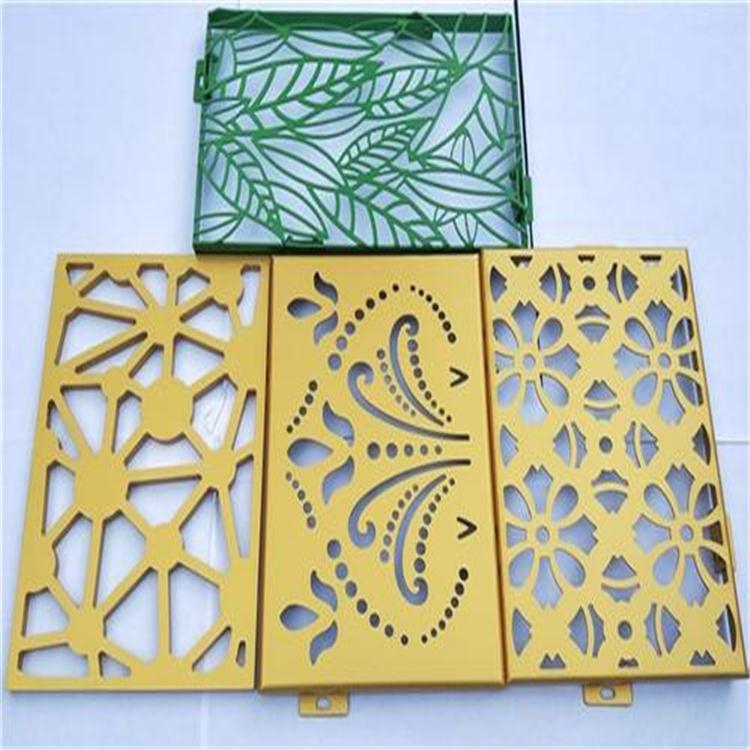
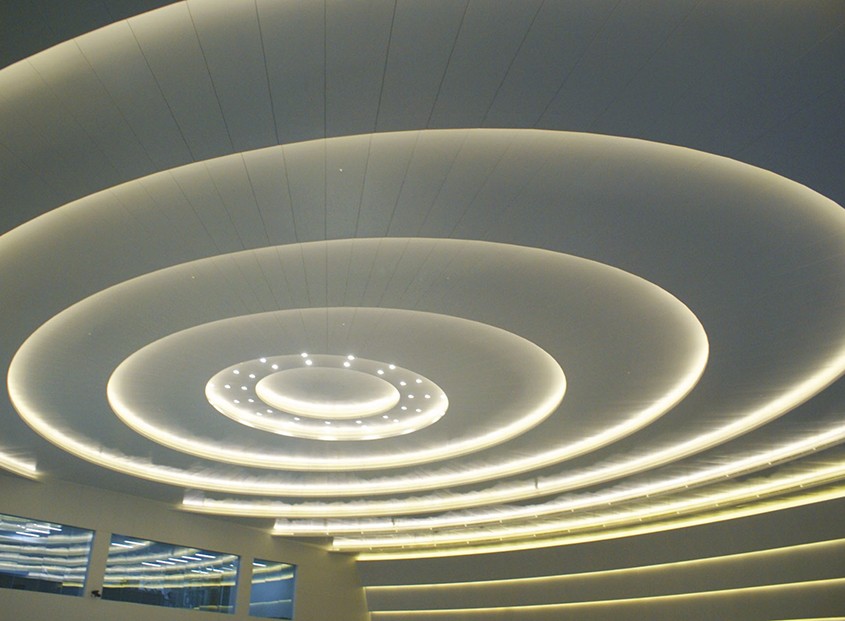
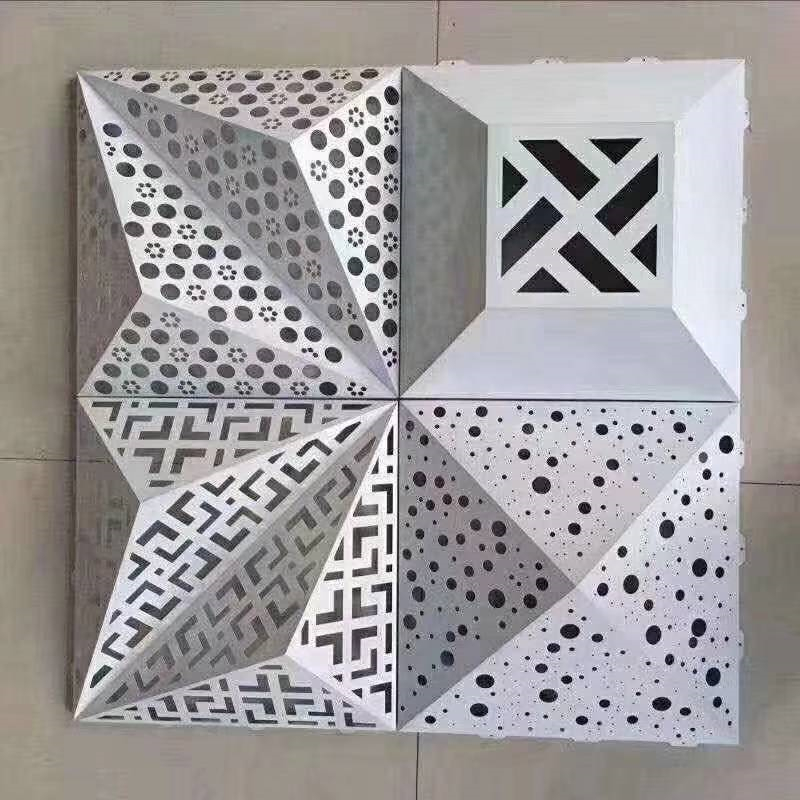
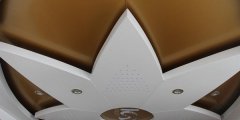
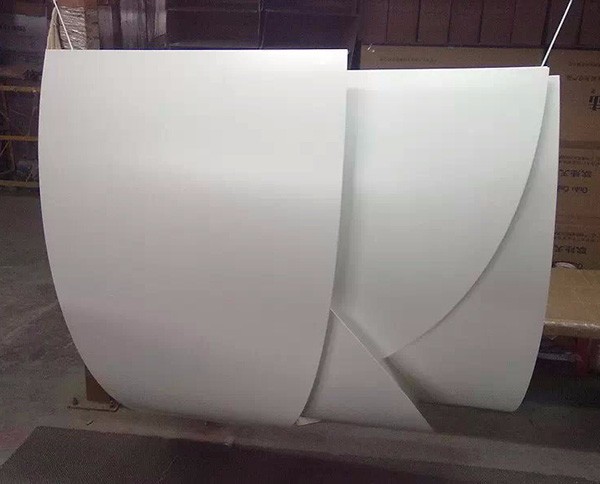

 Customer service QQ
Customer service QQ